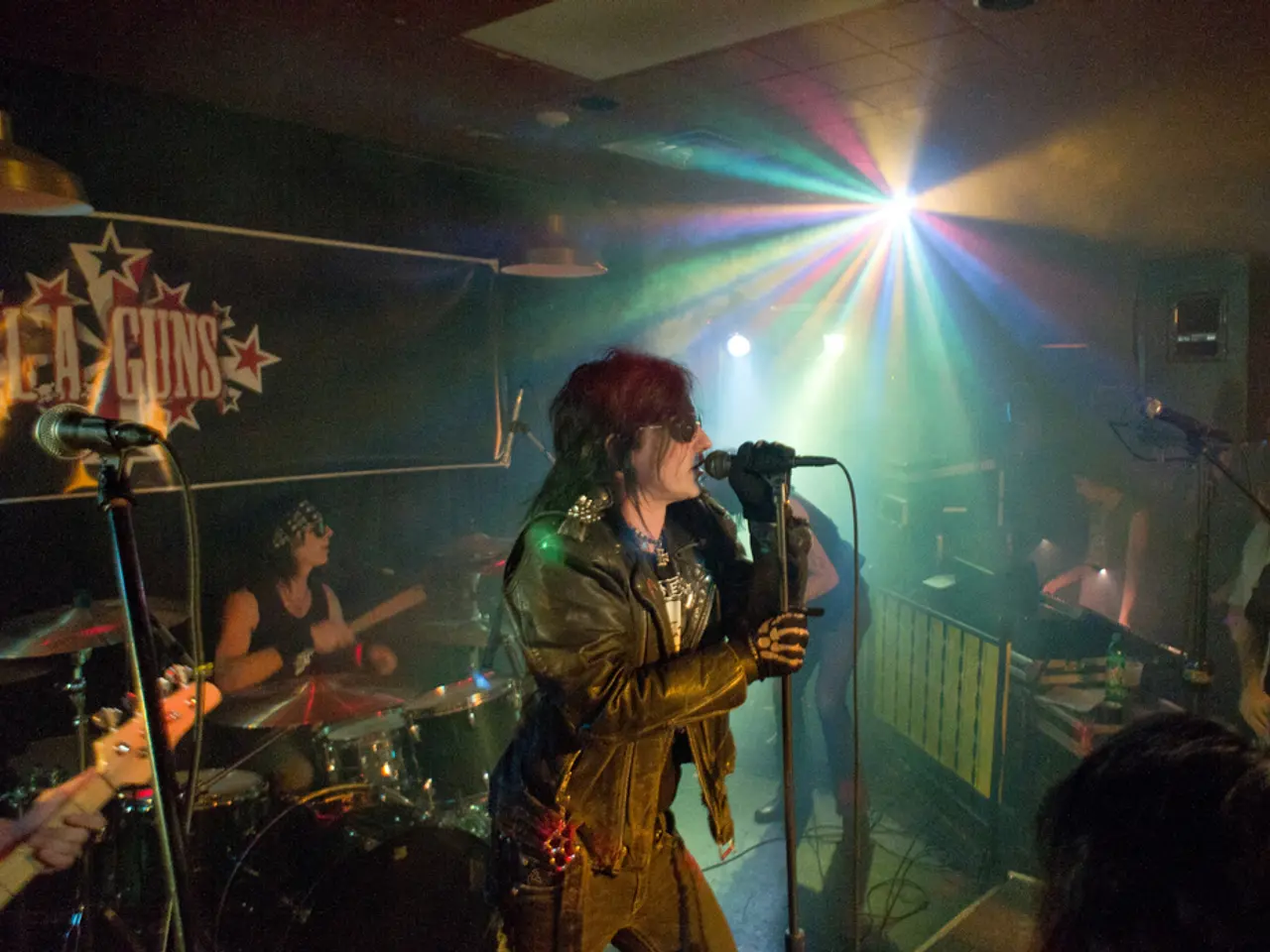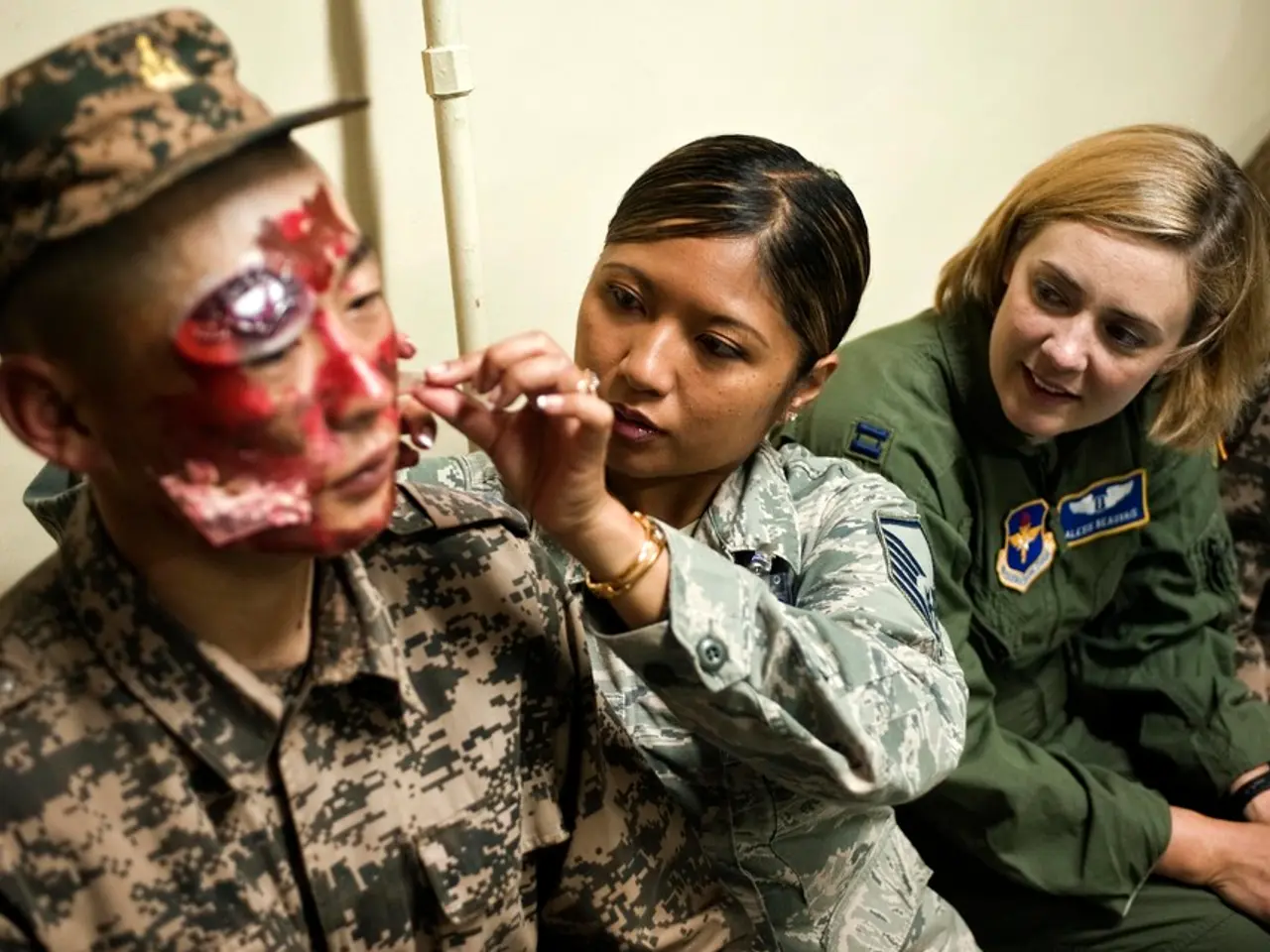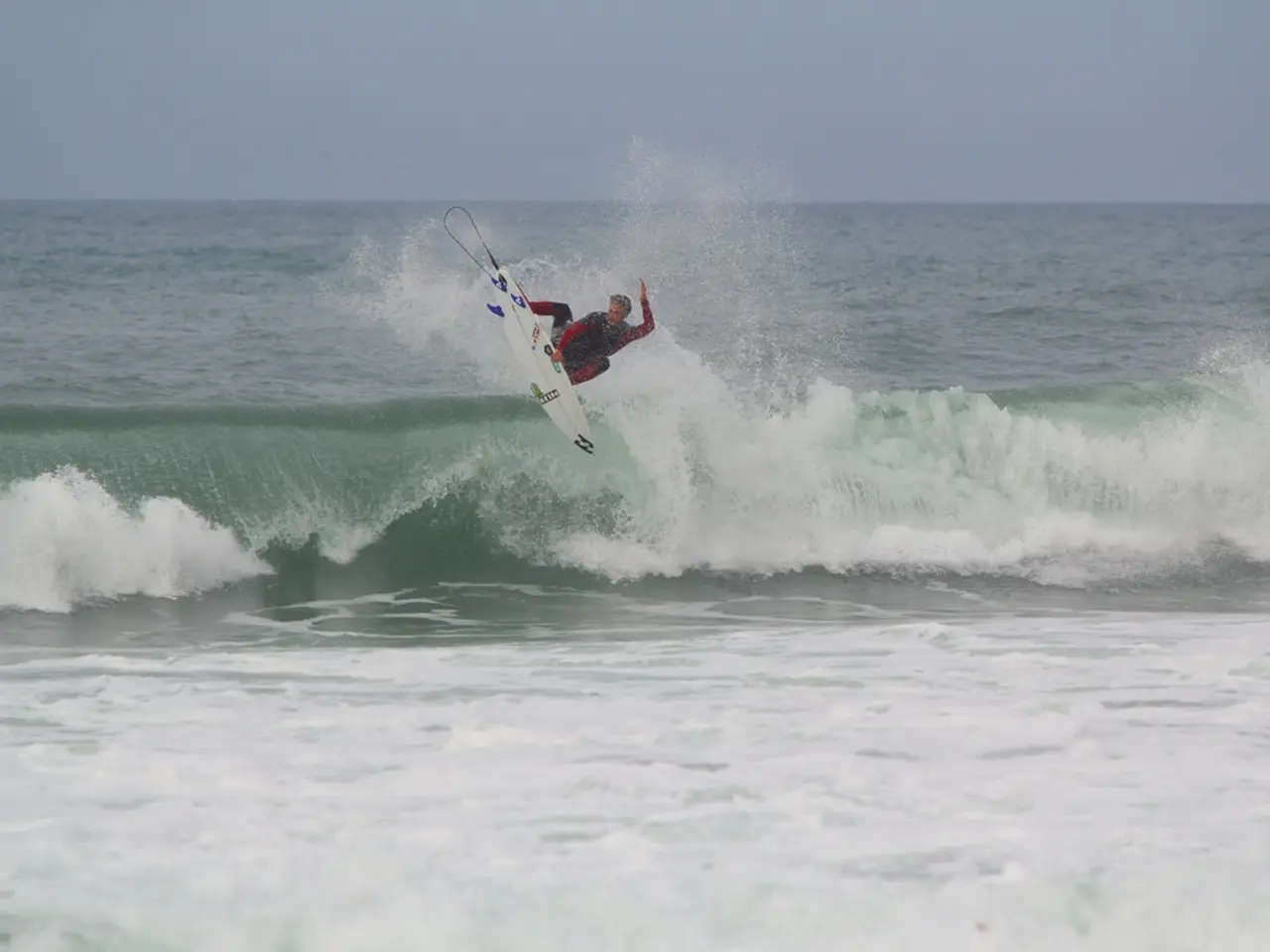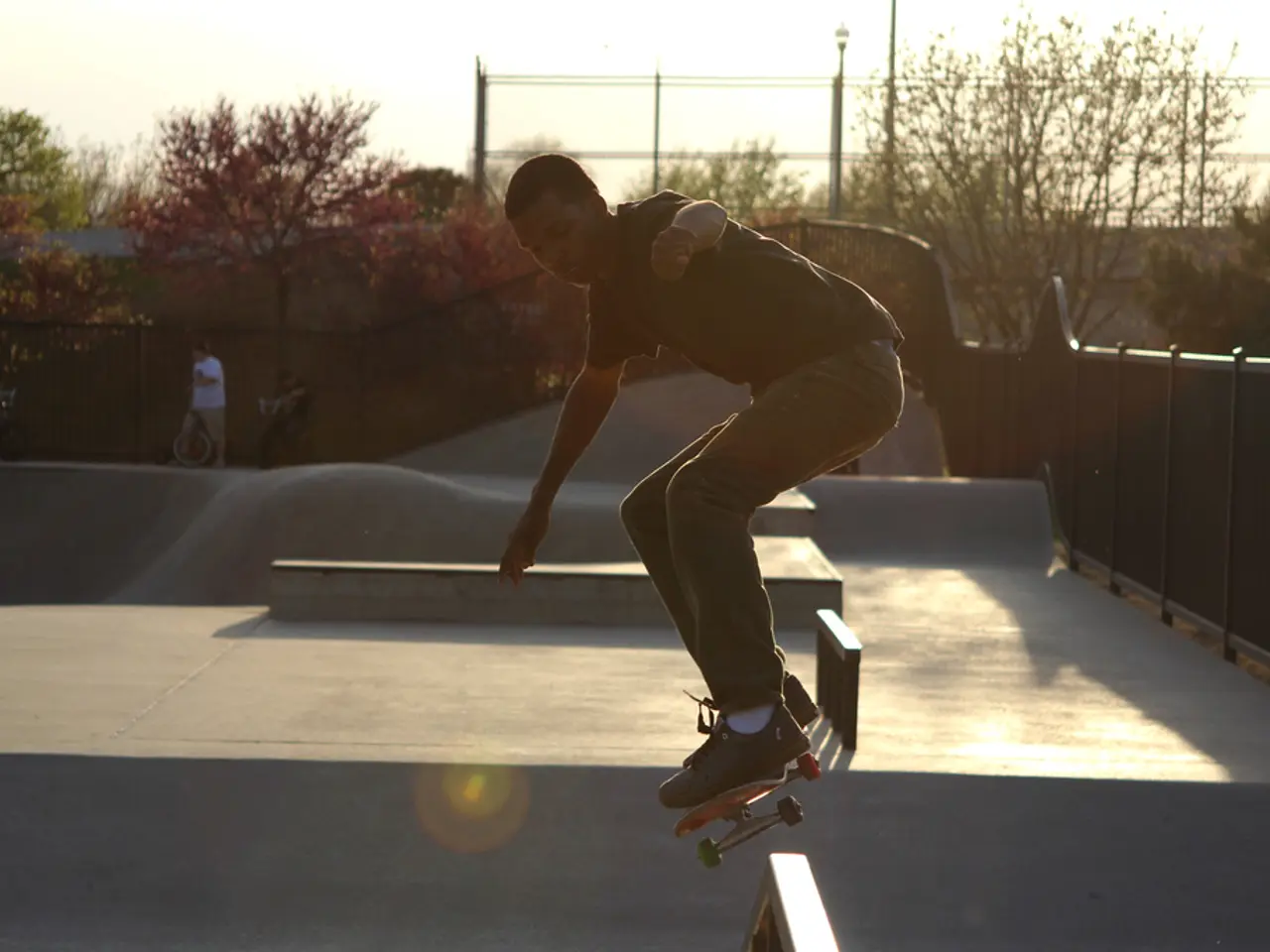Combining Styles and Beats: An Exploration of the Intersection between Fashion and Music
In the ever-evolving world of creativity, the future promises a harmonious fusion of music and fashion, pushing boundaries and redefining traditional notions. As sustainability gains prominence in both industries, we can anticipate an increase in eco-friendly collaborations that champion ethical practices in music production and clothing manufacturing.
Music has long been a significant catalyst for fashion trends. From the rebellious, anti-establishment spirit of punk rock in the 1970s, characterized by ripped T-shirts, bondage trousers, Doc Martens boots, chains, and safety pins, to the indie sleaze style that emerged alongside the post-punk revival music scene in the 2000s, music genres have consistently inspired distinctive styles that reflect the ethos, attitude, and cultural identity of each musical movement.
The punk rock era saw Vivienne Westwood’s boutique SEX in London become a focal point for this style, linking music directly to provocative clothing choices. Fast forward to the 2000s, the indie sleaze look drew on 60s and 70s rock influences with retro and glam rock elements, blending vintage aesthetics with a casual day-to-day “on-stage” dressing mentality. Figures like Pete Doherty popularized the style through a blend of indie rock and 80s/90s fashion influences.
Hip-hop and streetwear, from the late 1970s to the present, have also played a pivotal role in linking music to fashion, with oversized clothing, tracksuits, sneakers, and large chains becoming symbols of this subculture. Music artists often drove fashion trends by wearing specific brands, making streetwear aspirational and mainstream.
Other music-driven styles, such as glam rock’s flamboyant fashion, grunge’s layered and thrift-store aesthetics, heavy metal’s dark leather and denim, and country music’s western wear, have similarly influenced youth fashion across different decades.
Throughout history, music has not only affected what people wear but has also enabled self-expression, community identification, and cultural movements via distinctive fashion trends. This intertwining of music and fashion continues today, maintaining its powerful role in shaping style and identity.
As we look to the future, the landscape of fashion and music collaborations appears promising. Social media platforms provide artists with greater visibility and reach, enabling them to collaborate more seamlessly with fashion brands. These collaborations offer a unique opportunity for both parties to engage with their audience on a deeper level.
Furthermore, as consumers seek more authentic connections with brands and artists they admire, these collaborations are likely to become even more prevalent. For those seeking inspiration on how to infuse their fashion and music aesthetic with a pop of colour, our platform offers some great tips in their article on Tips for Using Colour in Your DIY Projects.
In conclusion, music will continue to play an integral role in shaping future fashion trends, from iconic musicians influencing mainstream styles to collaborations between designers and artists blurring the lines between industries. The symphony of music and fashion is a timeless dance that promises endless possibilities.
Music production can intertwine with fashion and streetwear, as we anticipate more collaborations between musicians and designers in the future. These collaborations, fueled by the growing influence of social media, will allow artists to engage more deeply with their audience and offer unique opportunities for self-expression.
The entertainment industry, including music, has long been a significant driver of fashion trends, from punk rock inspiring rebellious clothing choices in the 1970s to hip-hop and streetwear influencing the fashion subculture in the late 1970s and beyond.
As the world of music evolves, so does the landscape of music-inspired fashion, with collaborations between artists and fashion brands becoming increasingly prevalent. This fusion of music production, streetwear, and fashion can be seen as a vibrant expression of lifestyle and cultural identity.








